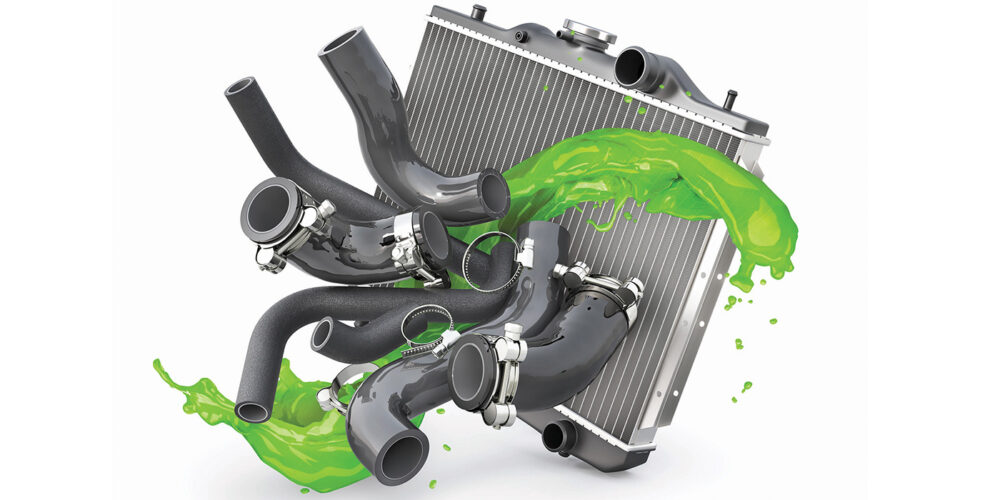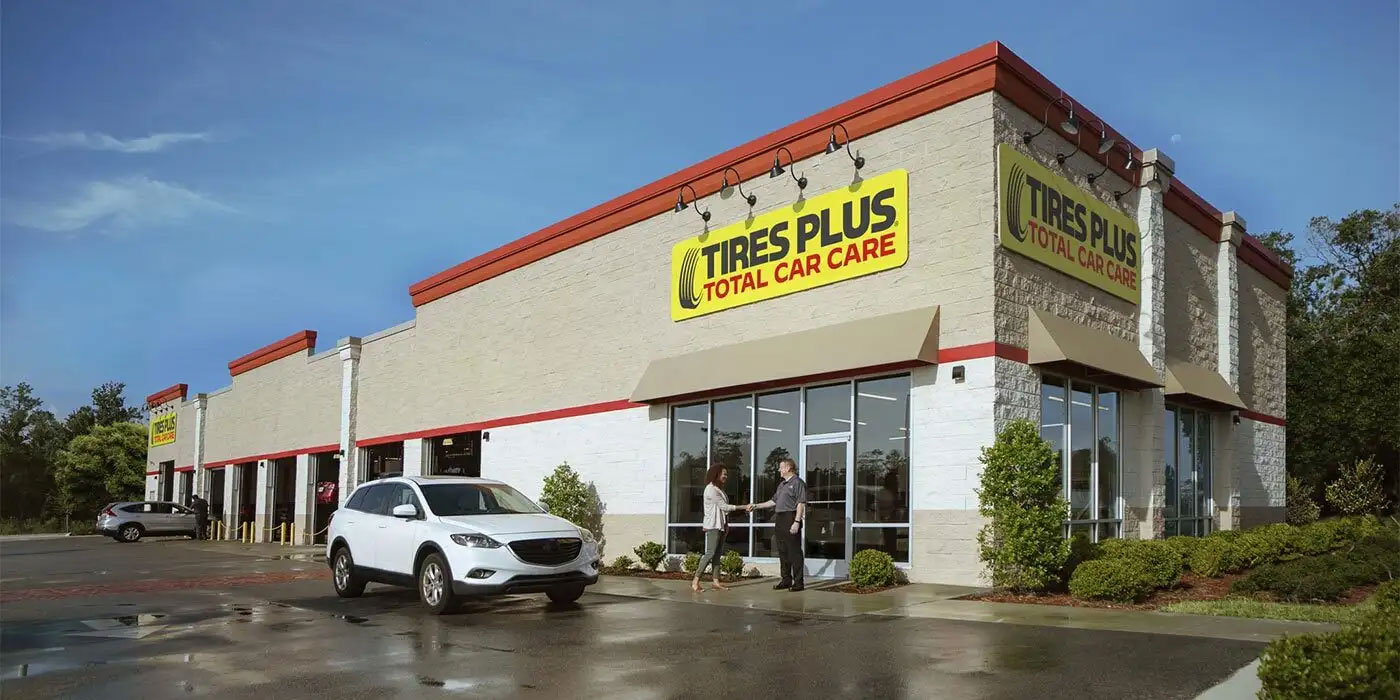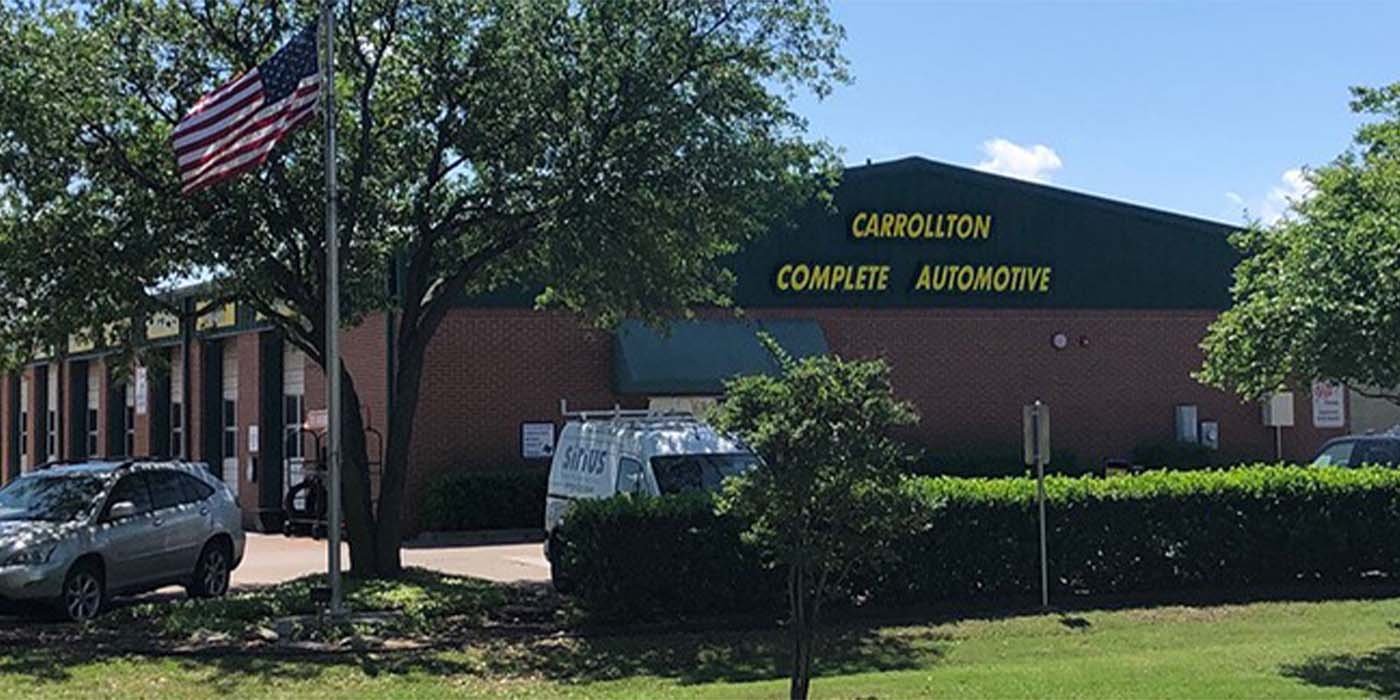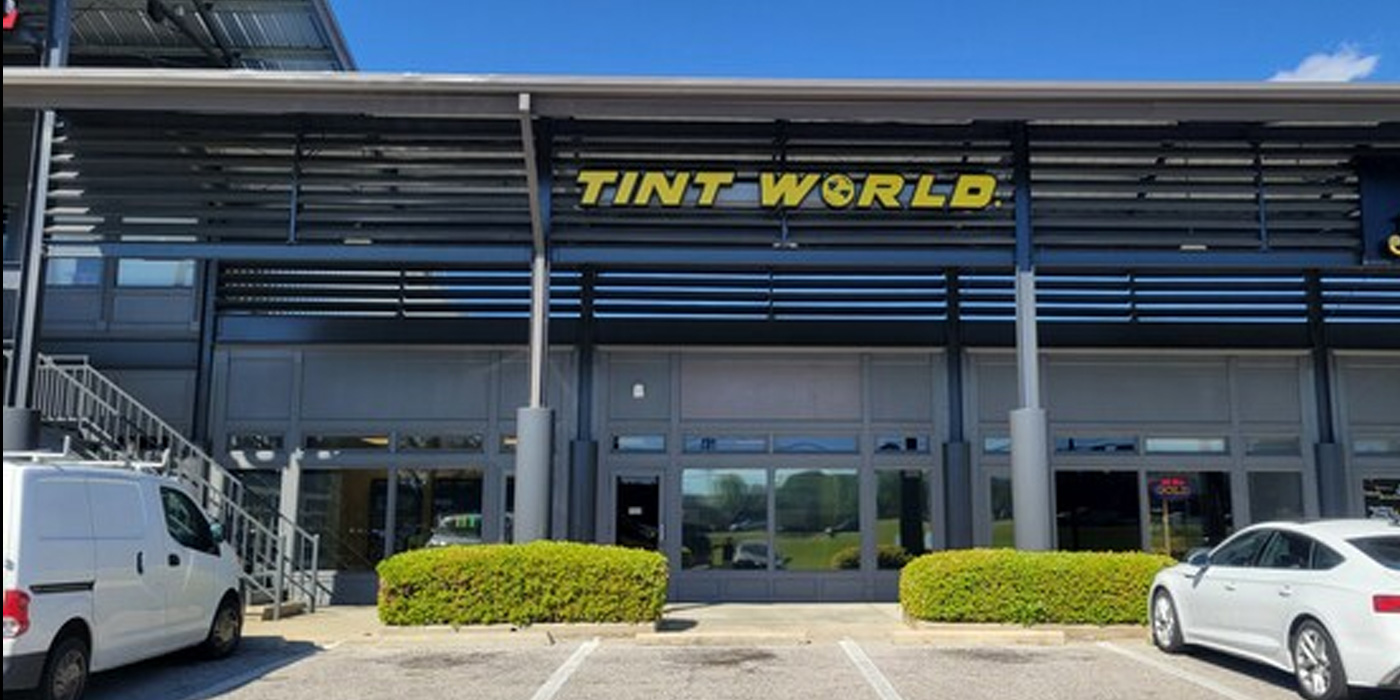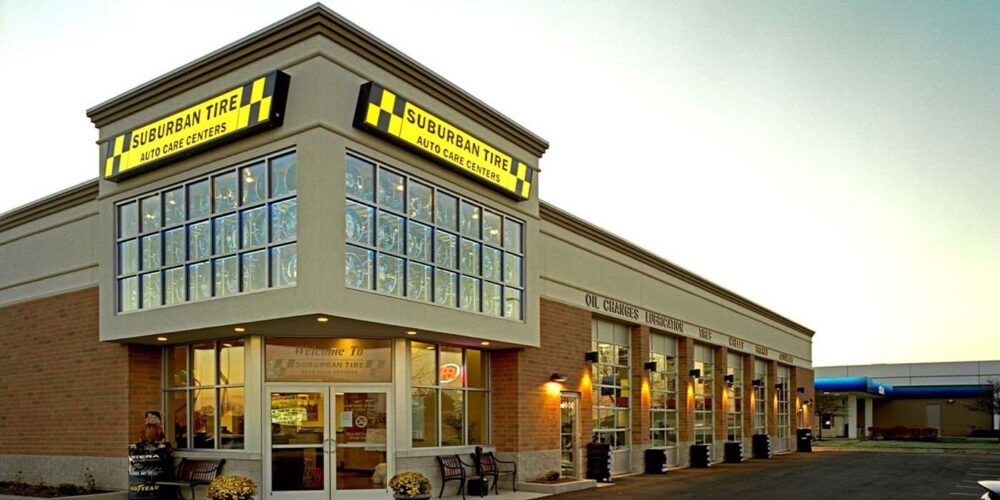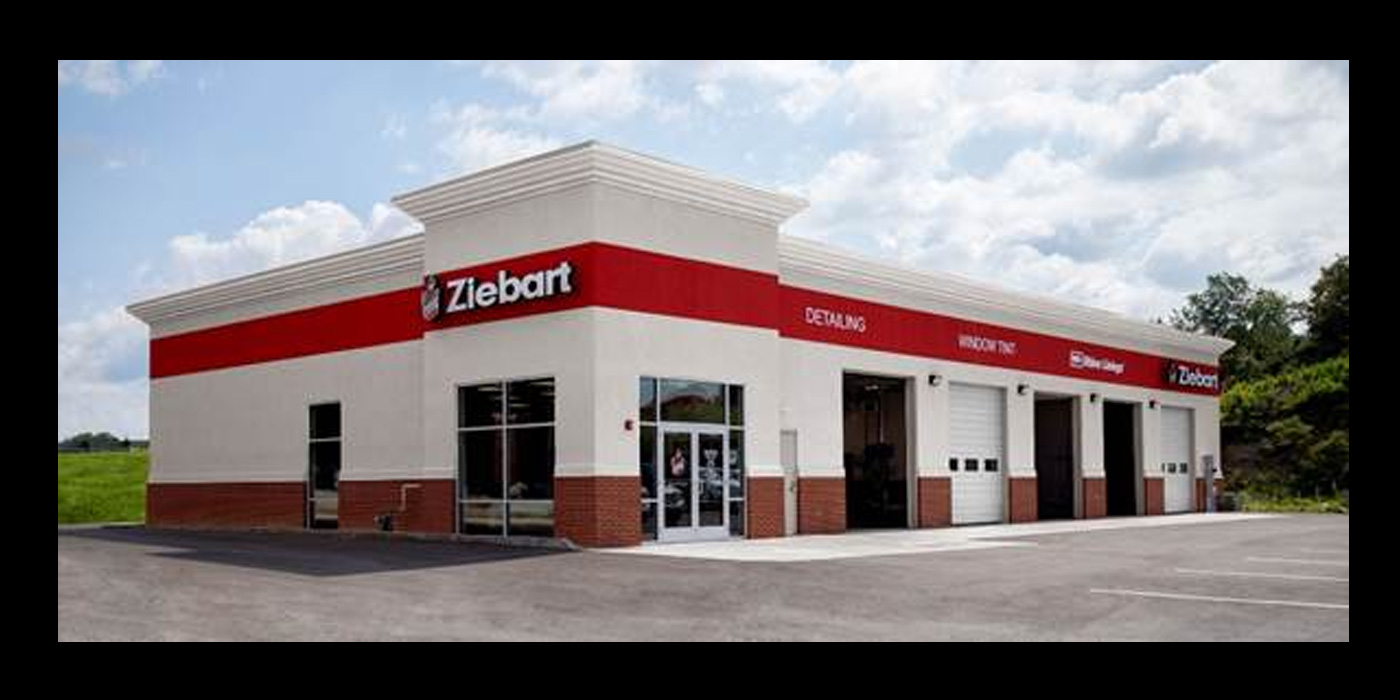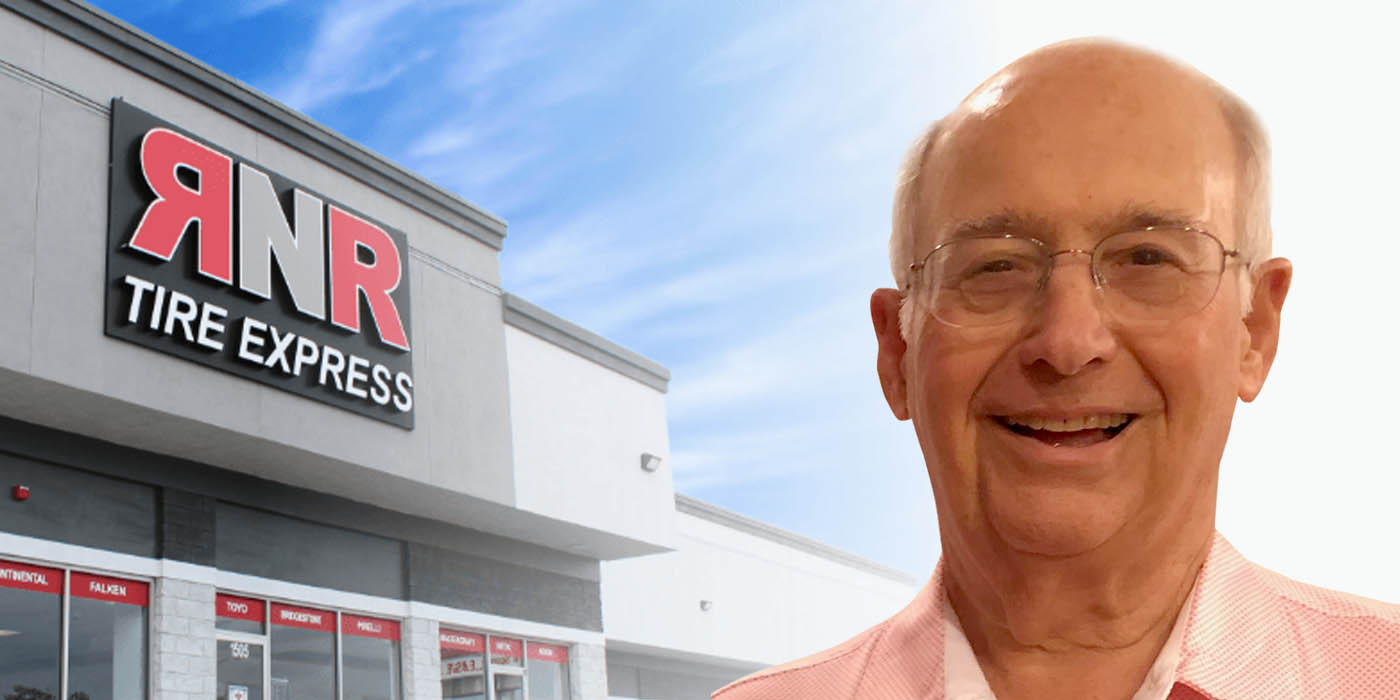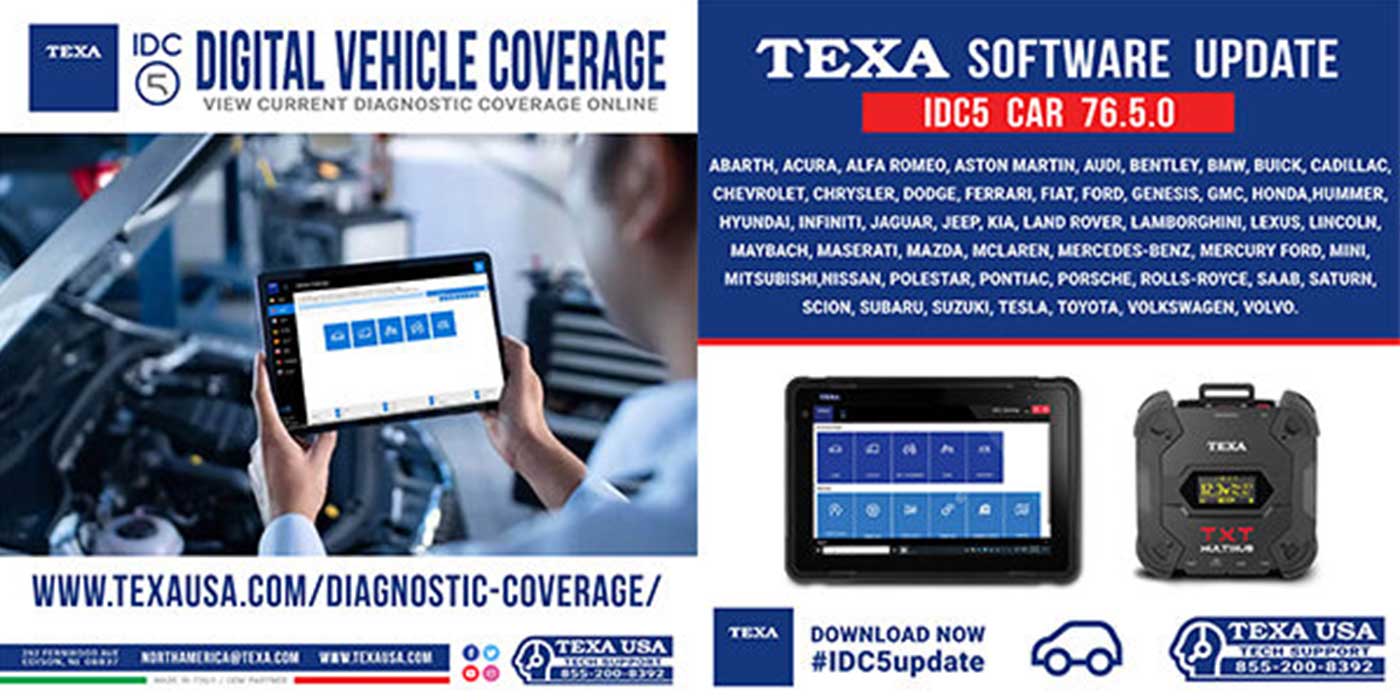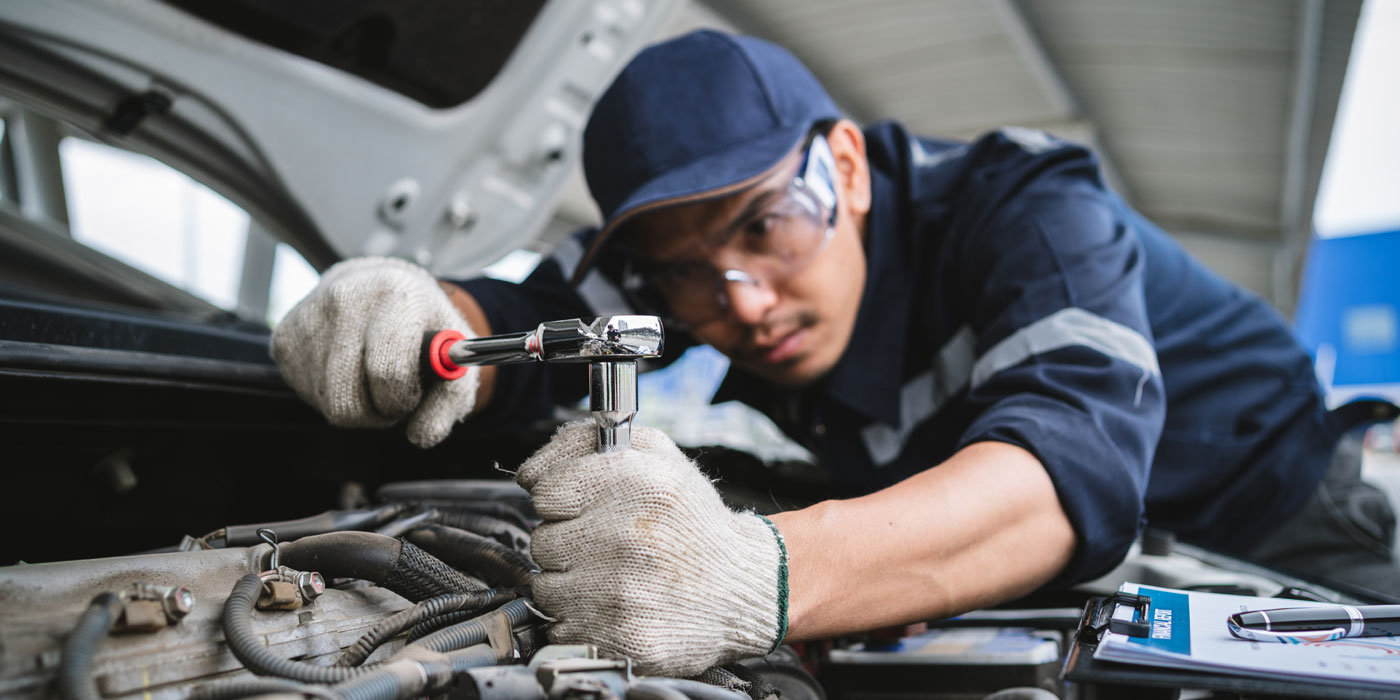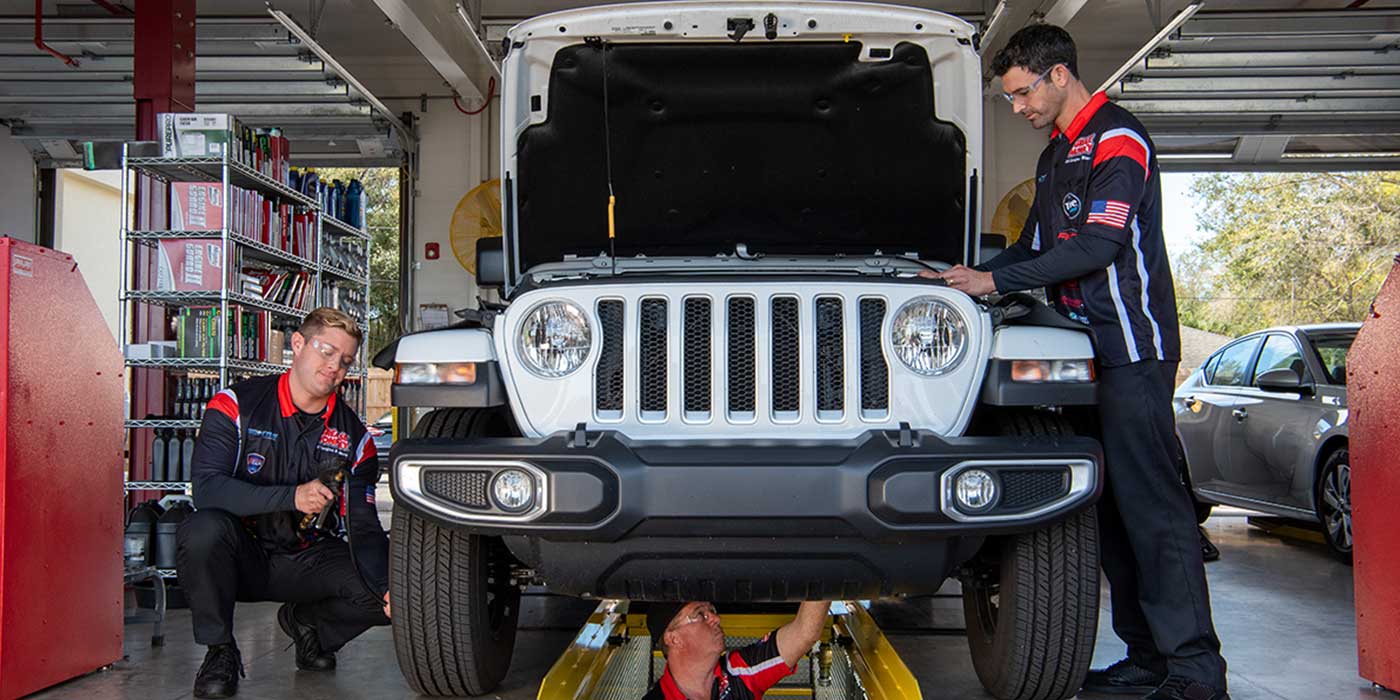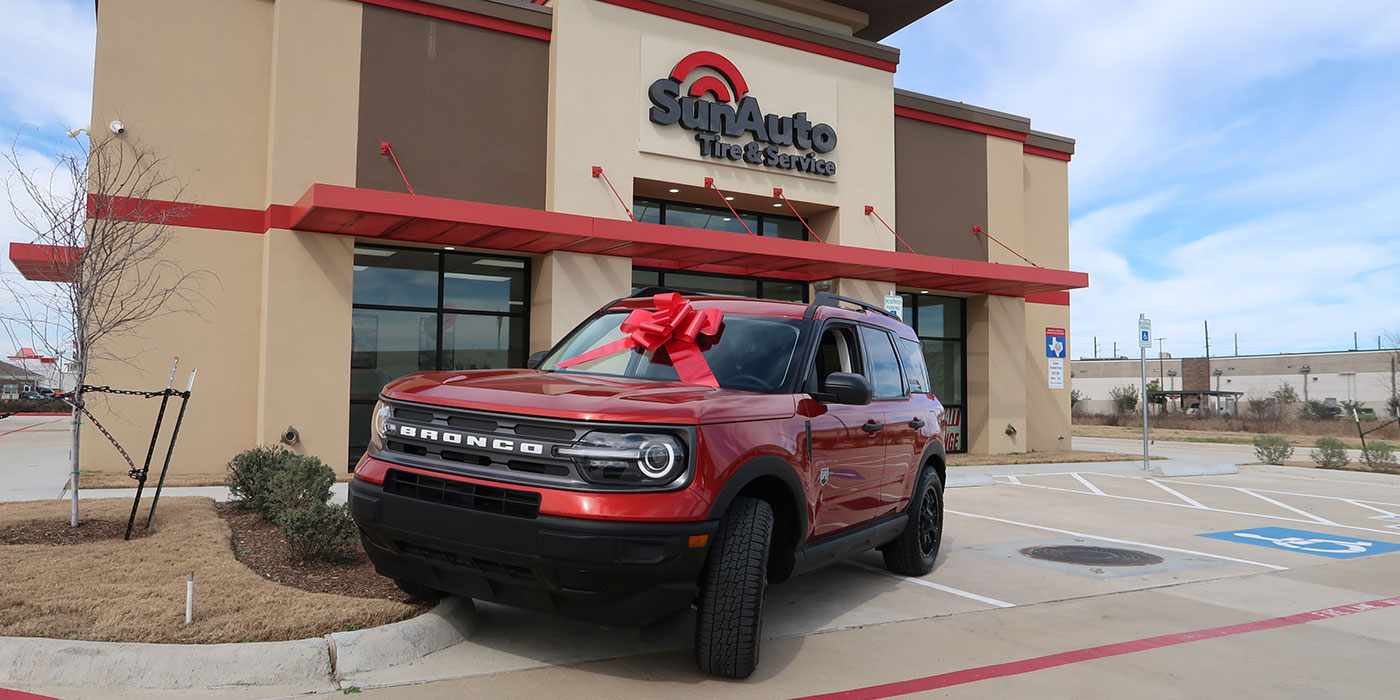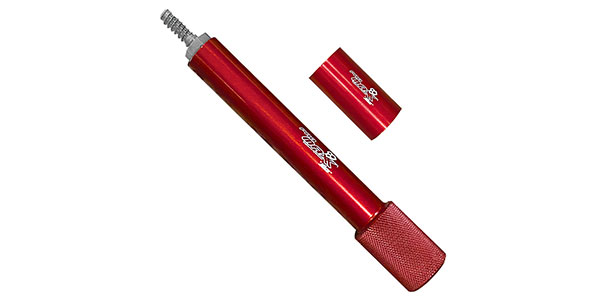If there’s any doubt to the importance of a coolant flush, let there be none. Simply put, engine coolant is a chemical. As it breaks down, it becomes increasingly acidic, leading to eventual corrosion on all the metal, plastic and rubber parts in the system.
The most misleading part is the color. Just because it may still look new doesn’t mean it acts that way. By the time coolant loses its nice hue and turns brown and rusty, it’s already years past what the service interval should have been, and it’s doing some serious damage to the cooling system. This is why it’s important to flush coolant at regular intervals.
The “old-school” rule of thumb has been to flush coolant every two years. However, many newer vehicles specify five or even six years, or as many as 150,000 miles before the coolant needs to be changed.
It’s true these newer coolants will last longer due to their advanced chemical composition, but they were developed out of necessity. The aluminum, plastic and pot metals used in today’s vehicles are far more susceptible to rapid corrosion. When everything was cast-iron, it was far less of a problem.
Because of the increased propensity for corrosion, when testing coolant, it’s become important to not only check the freeze protection, but also the pH, or level of acidity of the coolant, regardless of the specified interval. When the pH level begins to drop, the coolant is becoming more acidic, and will cause damage to the cooling-system components. You can do this by using pH test strips.
Coolant flushes are a common DIY service, and it’s likely you’ll get questions on the process from time to time. Like a lot of automotive services, there can be more than meets the eye, so the first thing I always recommend is before you begin, be sure to block off plenty of time. You can’t rush through a thorough
coolant flush.
To ensure the most effective job, it can be beneficial to start with a flush solvent or cooling-system cleaner. These products are designed to loosen built-up rust and sediment, as well as act as a degreaser to remove any oil buildup in the system. When using one of these products, be sure to follow the instructions for use. They are only effective when you use them as specified.
Some shops may offer a coolant drain and fill, which I like to clarify does not hold the same definition of a flush. The drain-and-fill method works as it sounds. It’s a quick drain of the radiator, followed by filling it with fresh coolant and checking cooling-system operation. This requires much less coolant, is not preceded by a flush solvent and is not a thorough cleaning of the entire cooling system.
The drain-and-fill method is, however, effective to maintain the condition of coolant, but only when it is performed on a very routine basis.
A coolant flush is a deep cleaning of the cooling system, and an attempt to completely flush out sediment and rust buildup from the most remote nooks and crannies of the system. The longer a vehicle goes without coolant service, the more important the coolant flush in this manner.
The trick is opening the system in enough places so you can get access for a thorough flush, and whenever I recommend a coolant flush, I recommend a new coolant thermostat. When it’s time for a coolant flush, it means the thermostat is old. Period. Thermostats only last so long; in my opinion they should be considered regular service items. But aside from that, the thermostat will block the flow of the water in a manner that prevents a thorough service.
Getting Started
So, here’s the overall workflow of a coolant flush.
I begin by adding a flush solvent and letting it circulate per manufacturer instructions. Then, after the system has cooled, I drain the radiator and remove both the upper and lower radiator hoses. Next, I disconnect the heater hoses (sometimes at the engine, sometimes at the heater core depending on access), and I remove the thermostat. Some vehicles have more complicated arrays of cooling hoses, depending on the engine or additional oil and transmission coolers. In some cases, I remove some of these as well to be sure I’m able to accurately flush all parts of the system.
Finally, if the vehicle has a separate coolant reservoir, which most of them do today, I remove the reservoir. At this step, I also clean the mounting surface for the thermostat housing, as well as any water-neck corrosion so this is all washed away during the flush.
Now you have the system open in multiple locations to allow unrestricted flow. I use a hose to flush the radiator, the engine block, the heater core, and when there are additional coolant hoses for auxiliary coolers, I flush those as well. I flush every section in both directions, to allow the pressure from the hose to agitate and loosen sediment.
I continue to flush each section or component until I see only clean, clear water coming out. I also use a combination of compressed air and the water hose to clean the radiator and/or A/C condenser fins. Be sure to also thoroughly flush out the coolant reservoir. If it’s heavily contaminated and you’re having a hard time getting everything out, or if it’s badly discolored and hard to see through, it should be replaced.
Once I’m satisfied everything is well flushed, it’s time to install the new thermostat and reinstall all the hoses.
The Water Question
I often get questions about the water. Some people have well water, some city water, some treated, some not. If you look online, you’ll find varied opinions on what is best to use. Some say softened water, some say store-bought distilled water, some point out potential negative affects related to any of them. The biggest problem with many water sources is minerals or hard particulate that, while they aren’t enough to cause corrosion problems, may be enough to damage water-pump seals.
So, here’s what I do. You have to use water to flush the system. Use what you have. If you’ve removed all the necessary hoses to properly flush all portions of the system, the majority of all the water will drain back out. If you’re concerned about contaminants – for example if you have well water that you know has a lot of iron or particulates in it – pour distilled water into the different sections of the system and allow it to drain out. This will displace any of the questionable water.
What may remain just won’t be enough to be a problem. Then, instead of mixing your own coolant, I recommend using a pre-mix 50/50. This ensures the overall best quality. In most cases, what little water remains in the system is not enough to reduce the freeze protection of 50/50 coolant, so you can use this for the entire fill.
Once the system is buttoned up, fill the coolant and run the vehicle until the thermostat opens and the vehicle reaches operating temperature. While this is routine for most vehicles, keep in mind that some have specific procedures to bleed the air out of the system.
Aside from a drain pan, coolant and thermostat, most basic hand tools are all you need to get the job done. However, most cars now have constant-tension hose clamps, also known as spring clamps. You can fight with these, or you can use a hose clamp tool, which saves a ton of time and aggravation. Some people prefer to discard these clamps in favor of worm clamps, but I recommend reusing them. They offer a much more consistent, even clamping force on hose connections, and help prevent distortion of plastic fittings.
The final tool I recommend is a spill-free funnel. These are inexpensive, but worth their weight in gold. Anytime you perform cooling-system service, there are air pockets in the system. When you fill it for the first time and let the vehicle warm up, the expansion of the air is drastic and forces the coolant out. Once the thermostat opens and all air pockets are forced out, the system “settles” down.
You can usually avoid a mess on systems that have a coolant reservoir, as long as you don’t fill it too full at first. But a spill-free funnel comes with adapters to connect to radiators and reservoirs. Not only does it keep you from spilling coolant as you fill it, but it also keeps the coolant from spilling out while the system is warming up for the first time.
As soon as the thermostat opens, you will see it draw all the coolant in. You can top it off at that time, remove the spill-free funnel and install the radiator or reservoir cap. As a final check, let the system cool completely and top off
the coolant.

